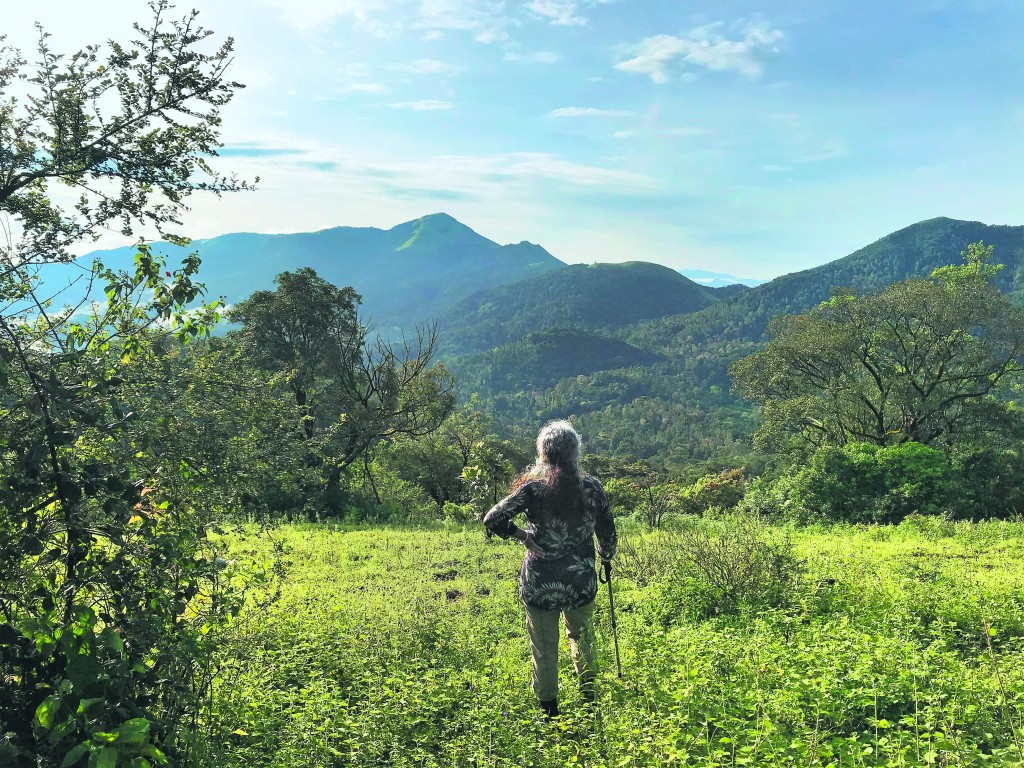
It all started with an email out of the blue. A world-class chef was shooting a food/adventure show in India in 2020 and was looking for ideas.
Only later, we learnt it was none other than ‘GR’ — the crew’s codename. ‘Gordon Ramsay’ was as unmentionable in public as the expletives he spews. The horror stories of chefs facing him in Hell’s Kitchen outdid the B-grade Bollywood horror flicks made by the Ramsay brothers back home whom we were more familiar with.
This was the second season of Gordon Ramsay: Uncharted. Ramsay gets out of the studio and into the wild outdoors to explore remote places and learn local food secrets with a dose of heart-pumping adventure. The emphasis lay in foraging and going back to the source. He would meet rising star chefs and embark on a culinary adventure that ended in a big cook-off. Locals would critique his take on the region’s cuisine, albeit with none of GR’s trademark vitriol with which he roasts amateur chefs on Twitter. He has likened someone’s poached egg in noodle soup to ‘toxic scum on a stagnant pool’, another’s Scottish breakfast as ‘heart attack on a plate’, a poor bloke’s rice as ‘older than me’, an attempt at empanadas as ‘camel hoofs’ and somebody’s overdone steak as ‘Gandy’s flip flops’.
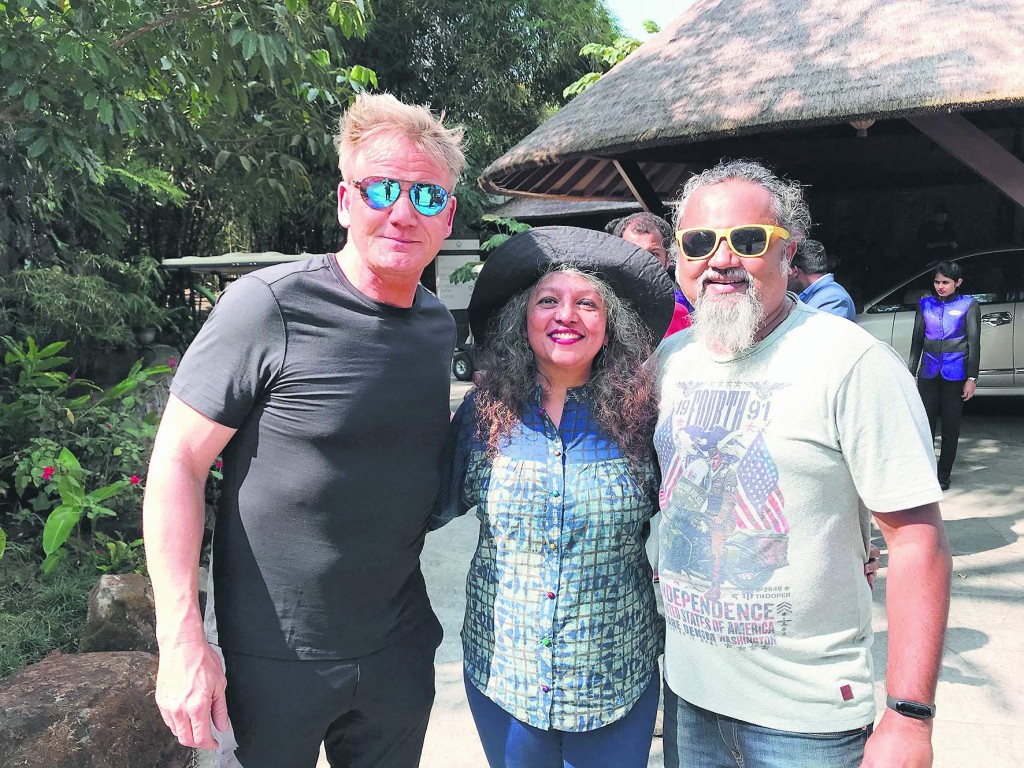
What could we suggest to an ill-tempered firebrand Michelin-starred chef who seemed to have done it all?
Season 1 saw Gordon rappel down a waterfall in Morocco to hunt for the perfect mushroom and go spearfishing in Hawaii. In New Zealand, he waded in a stream to catch an eel with his bare hands, tasted grubs from a rotten tree trunk, and dived for paua shells and sea urchins, braving strong currents and sharks. He jumped into the Mekong River in Laos to catch snails and learnt how to cook a giant water bug called ‘toe biter’. In Peru, he dangled perilously from a cliff edge to harvest a plant for insect larvae while in Alaska, he scaled the 60-ft Chimney Rock to make tea from ‘old man’s beard’.
Season 2 upped the ante with bigger, bolder and better stuff, injected with a healthy dose of jeopardy to the food.
From snuba diving (a mix of snorkeling/scuba) in Tasmania for rock lobster, jumping off a helicopter into Durban’s shark-infested waters and using rhino poop to catch tilapia in South Africa, trying swamp rat and Cajun cuisine in Louisiana’s Bayou, hunting Arowana fish with bow and arrow and roasting the Goliath birdeater (one of the largest spiders in the world) in Guyana’s remote rainforests, fishing for freshwater prawns in a flood-prone cave in West Sumatra, to scuba diving for scallops in the frigid fjords of Norway and making reindeer blood pancakes. So what challenges could India offer?
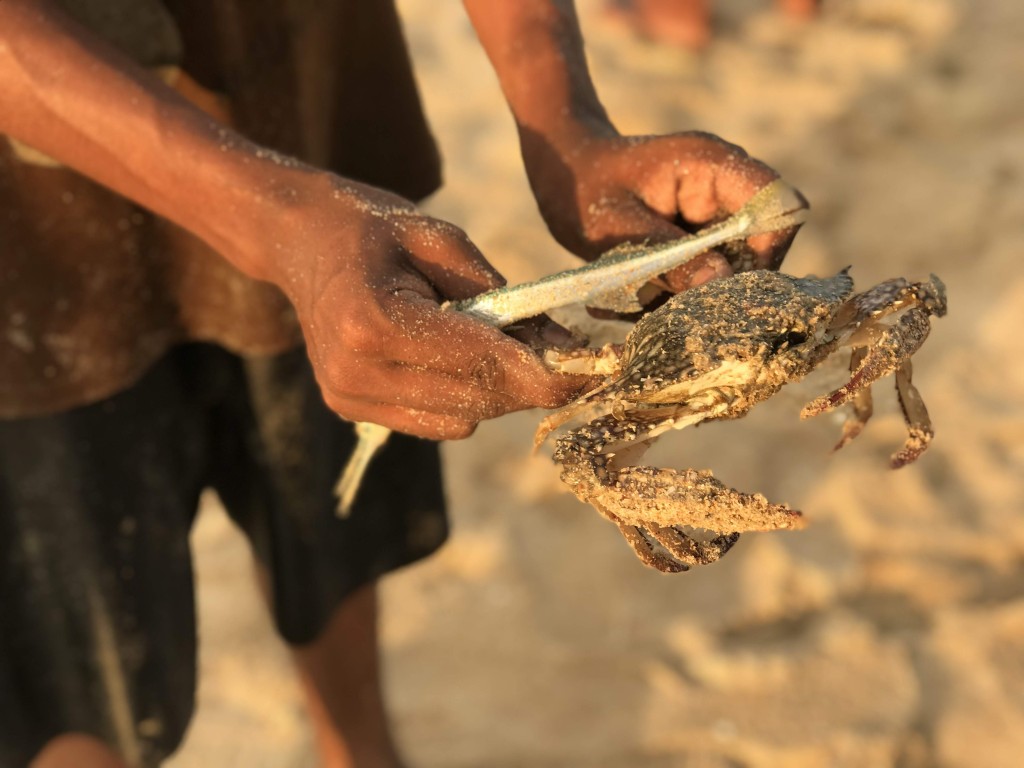
Gordon was no stranger to India. His 2010 series for Channel 4’s Gordon’s Great Escape, took a deep dive into our culinary traditions and his quest for curry. He rode in a dodgy pantry car of the rattling Mangla Express, slicing onions and cooking veg curry for 400 diners, before playing apprentice to biryani masterchef and ‘King Qorma’ Imtiaz Qureishi for a wedding feast in Lucknow. He described Qureishi as the “Dog’s bollocks in the region” (No 1). Gordon’s glossary is colourful — ‘Bloody Hell’ could mean ‘Absolutely Delicious’ and **** could be anything. He rode a Royal Enfield, jumped onto a running train, cooked khud gosht in a desert pit he dug, sampled mahua and chapda chutney in Bastar, hunted with the Konyak tribe in Nagaland, tasted blood sausages and the world’s hottest chili bhoot jolokia in the North East, and cooked with ‘Sambar’ Mani in Dharavi, while trying everything from bullock cart racing and climbing a coconut tree to vegetarianism at Sadhguru’s ashram, besides grabbing karimeen (pearl spot) out of Kumarakom’s backwaters.
This was his second trip to Kerala and South India, but to a different part — the historic northern nook of Malabar. From Greek and Roman times to the European Age of Discovery, Kerala’s Spice Coast lured traders and travelers alike. For centuries, Arab seafarers controlled the lucrative global spice trade and often anchored in Kerala to tide the monsoon. Intermingling with the local populace resulted in a Malayalam-speaking community of Muslims called Mapila — derived from ‘Maha-pillai’, an honorific term for the new groom or son-in-law. As Kerala’s second-largest community, Mapilas are known for their distinct cuisine. In 1498, ambitious Portuguese explorers found a direct trade route to India to bypass Arab middlemen. Propelled by monsoon winds, they sailed across the Indian Ocean to reach Malabar, paving way for the Dutch, French and British. The English established a fort at Thalassery to protect their trade in ‘Tellicherry’ Pepper, prized as ‘Black Gold.’ It was befitting that a British chef was seeking culinary inspiration here. We were keen to get GR to try local fare like ari kaduka (rice stuffed fried mussels), kakka erachi (clam fry) and tackle audacious challenges.
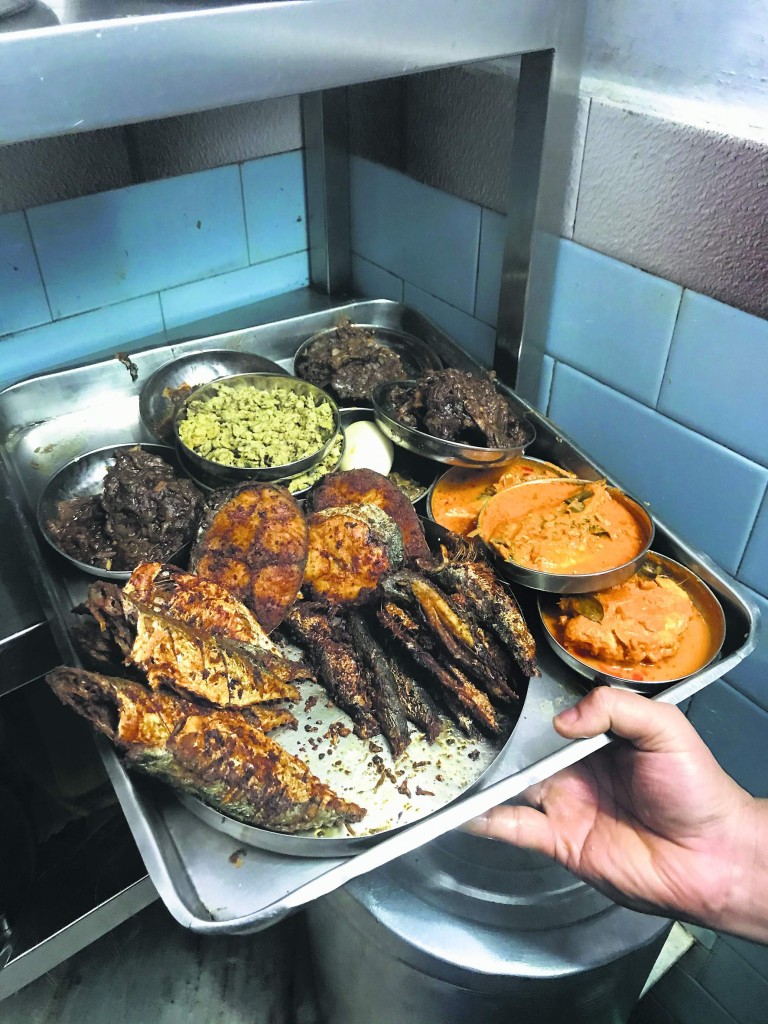
Gordon is no pushover — a 6’2” tough-as-nails Scotsman, footballer, swimmer, karate black belt and Kona Ironman finisher. Yet, for all the potentially dangerous activities, we had to keep the host unharmed. We didn’t want to go down in history as the couple that got the world’s most renowned celebrity chef maimed! We vetoed the arduous boat ride on the high seas to dive for kallumakai (green mussels) around rocky islets due to the time crunch. On our recce in October, our old friends Nasir and Rosie of Kannur Beach House put us onto local fishermen. The late monsoon washed in surplus freshwater into the sea, thereby reducing its salinity, which resulted in lesser vitt (eggs) spawning on the rocks. So the spectacular beaches around Kannur had to suffice. The big question was where next?
The pristine backwater of Valiyaparamba for clam diving was too north. The Empress of Mapila cuisine Abida Rashid was far south in Kozhikode. An extension to Wayanad would make the show too Kerala-centric, a destination that features extensively in international shows.
So we suggested Kodagu (Coorg) — a region GR hadn’t visited before. After the unending stretches of human habitation in Kerala (India’s third most densely populated state), Coorg would be the perfect antidote. As Karnataka’s most forested district, its rolling hills and wild vistas were ideal for a show like Uncharted. It lay in the Western Ghats, one of the world’s eight hottest biodiversity hotspots, the fountainhead of South India’s most important river Cauvery, a record producer of honey, cardamom and coffee (80 per cent of India’s coffee comes from the area) with the highest concentration of sacred groves in the world.
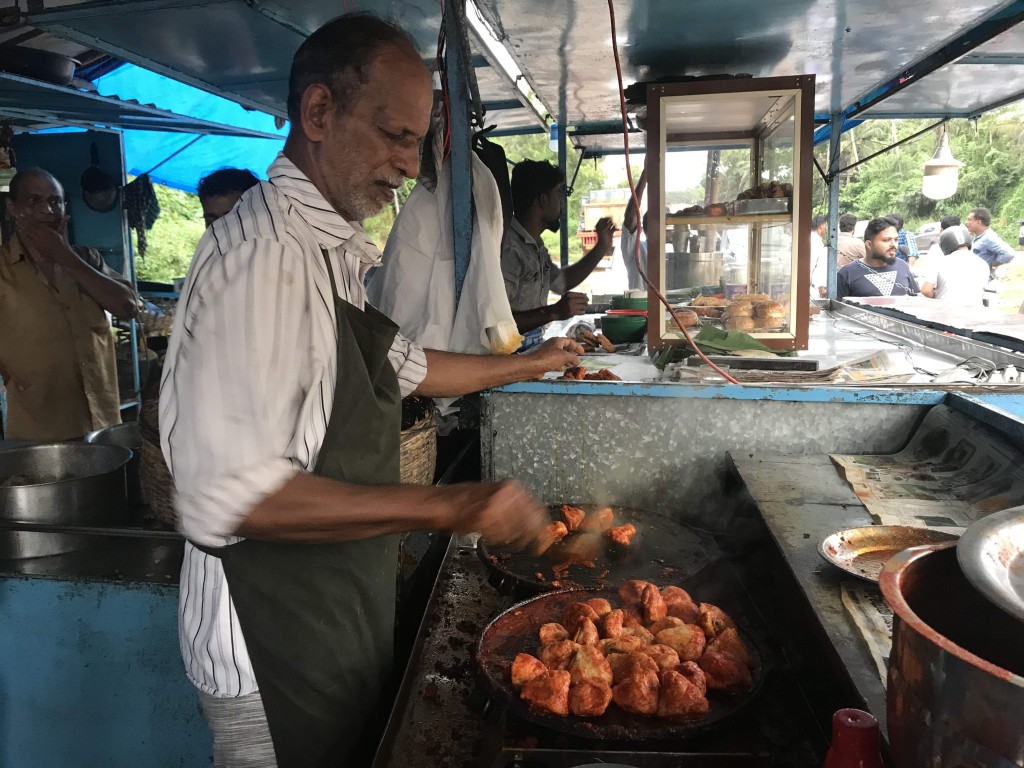
Though Coorg and Wayanad are adjacent districts with similar topography — hills, coffee and spices common to both — the difference lay in the cultural/culinary uniqueness. Coorg is home to the Kodavas, a fascinating martial community who lived off the land while preserving their unique culture, cuisine and traditional attire. Unlike Wayanad, Coorg has a well-defined cuisine with charming homestays run by hospitable Kodavas. The new Kannur International Airport at Mattanur was strategically located at an hour’s drive from Kannur and two hours from Virajpet. It was no surprise that the production team was bowled over by Coorg’s beauty on the pre-shoot scout and unanimously chose it as the locale for the ‘Big Cook’. For us, the great clincher was getting a Scottish chef to a region dubbed ‘The Scotland of India’.
The shoot was scheduled for late January this year. So monsoon-centric activities like foraging for termay (fiddlehead fern), kemb (colocasia), bemble (bamboo shoot) and kumme (wild mushrooms) was out. Nor could one collect ripe garcinia fruits to make kachampuli, the dark vinegar that’s integral to Kodava cuisine. We were too early to harvest honey with the Jenu Kuruba tribe. Seasonality dictated our choices. Trekking to hills and waterfalls for vistas that were dramatic yet accessible, we scouted streams for crab hunting spots. Catching crabs traditionally involved baiting them with a gutted rotting toad wedged in split bamboo. The smell was enough to entice crabs from their rocky lairs, though we weren’t sure if a TV audience could stomach Kodagu’s wild old ways. We kayaked in hidden rivers for fishing options and hunted out two old wizened men of the Meda tribe, experts in mat and basket weaving to make fish baskets for us — a dying tradition. Signature dishes, rare treats, interesting locals and adrenalin-tinged tasks for GR — our job was to supply the ingredients — the world’s best chef and his team had to make a delectable episode out of it.
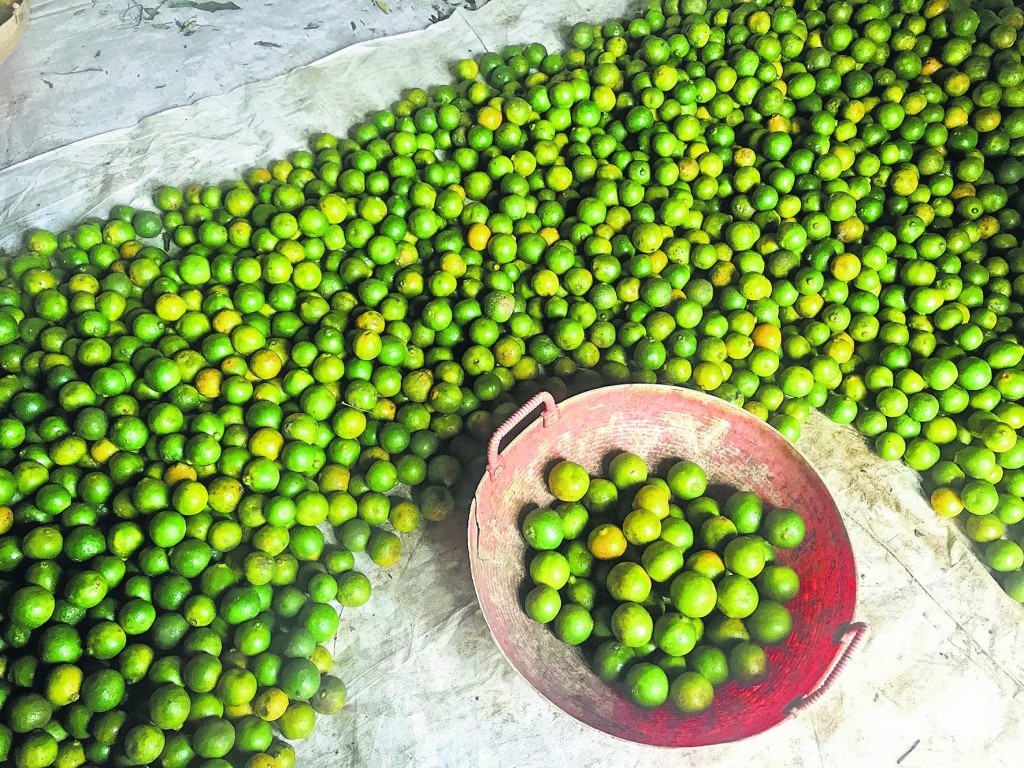
Production was shouldered by Adarsh NC of Felis Creations, with over a dozen blue-chip documentaries for Nat Geo, BBC and Animal Planet. Their recent three-part home-production Wild Cats of India was filmed by Sandesh Kadur and the third part India’s Wild Leopards is currently on Disney Hotstar. Adarsh says, “Primarily, we are into nature/wildlife and are happy filming tigers, leopards and counting scat on the field. We have covered the Western Ghats extensively and there was an adventure quotient to the program. But handling an international show with a star chef like Gordon was a dream come true. They were several challenges — two locations, multi-cam set up, high profile celeb, large crew, time crunch, permissions, travel, logistics… We were on the threshold of Corona with India’s first COVID cases reported in Kerala, so sending them back safely without harm or any adventure was nerve-wracking!” “It’s location, not a vacation”, was the oft-repeated mantra of Director Neil DeGroot. Executive Producer Jon Kroll admits, “The weakest episode this season is stronger than the strongest episode from last season!”
Gordon Ramsay: Uncharted Season 2 premiered on National Geographic in the USA at 10 pm on June 7, and Disney Hotstar, with the India episode slated for release in July.
source: http://www.indulgexpress.com / The New Indian Express – Indulge Express / Home / by Anurag Mallick an Priya Ganapathy /June 26th, 2020

